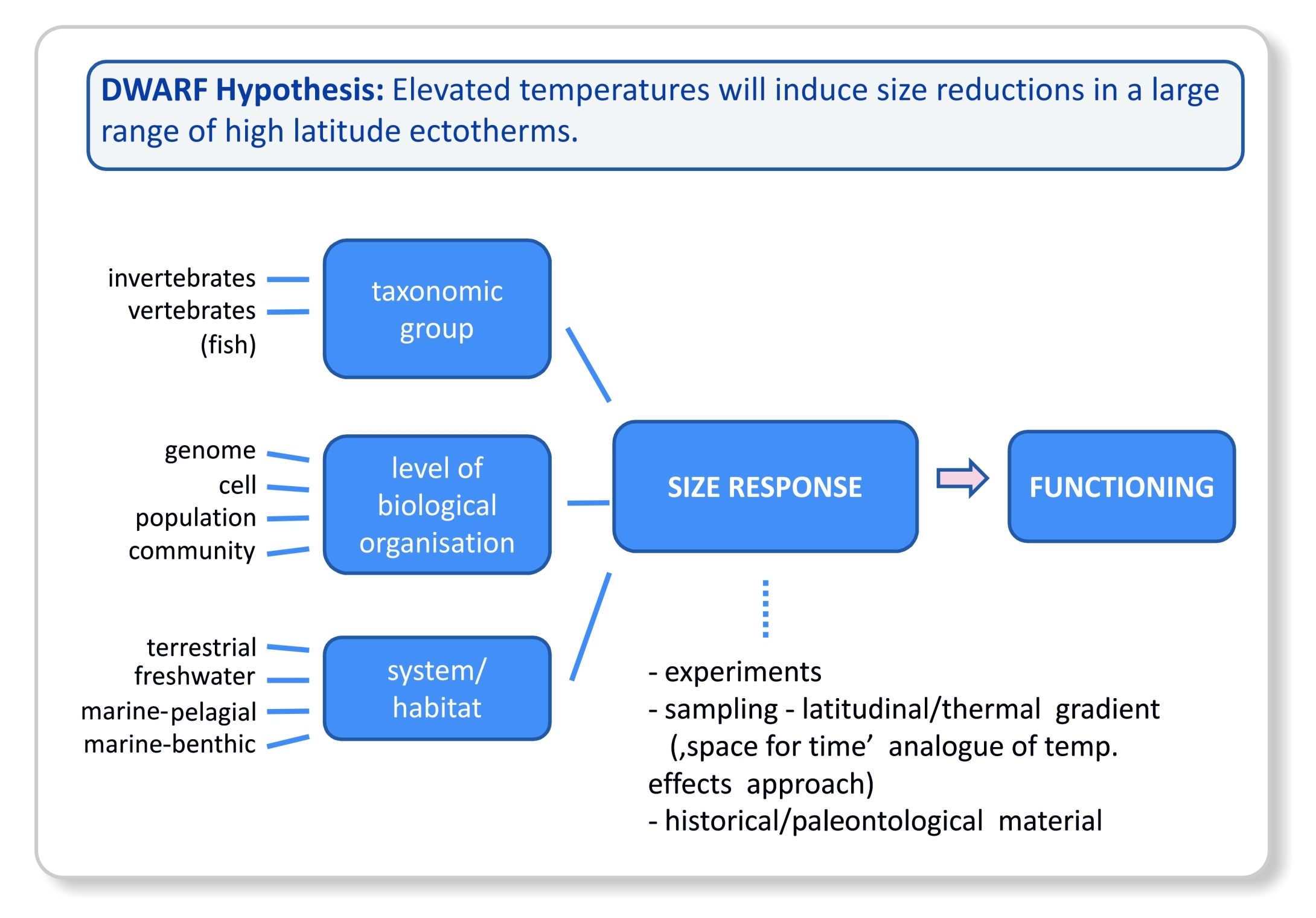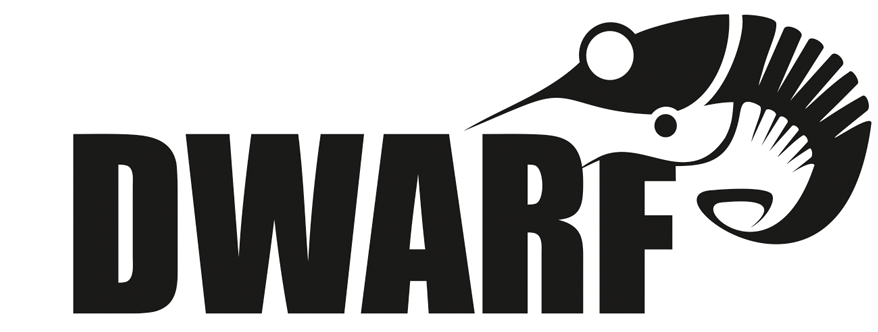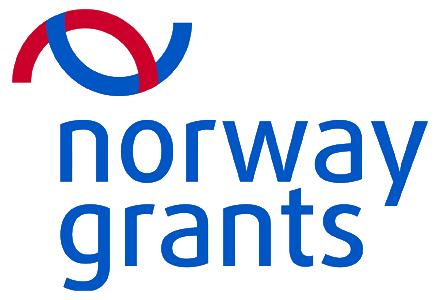|
Abstract
Objectives Methods Working plan Work packages References |
ObjectivesThe main hypothesis of the project is that elevated temperatures will induce size reductions in a large range of high latitude ectotherms. The main goal is to test this in Arctic environments, and also to analyze causations for possible exceptions to this proposed general trend. This will be achieved by relating size responses in biological structures at different levels (genome, cell, body, population and community) to changing thermal regimes. Decline in organisms’ body-size (at individual, population and community scales) has been recently predicted to be “the third universal response to global warming” (alongside with changes in phenology and distribution of species) in both aquatic and terrestrial systems (Gardner et al. 2011). Still the existing evidence supporting these predictions is fragmentary and based on reports of equivocal responses (Sheridan & Bickford 2011). The project will explore the temperature effects on the size structure at a range of levels of biological organization. The study will focus on a selected range of animal taxa, including both invertebrates in terrestrial, limnetic and marine habitats, as well as selected marine and freshwater fish species. Thus, the study will encompass the different dimensions of the possible climate warming impacts on biological sizes (related to organization level, taxonomic group and habitat). The synthesis of the data generated within the scope of this project will provide a comprehensive view of the effects of the climate change on the size – a fundamental property of the biological compartments of the ecosystems. Documentation of the patterns of spatial variability of biota size distribution and determination of the environmental drivers of this variability are especially important in the Arctic, where effects of the global changes are predicted to occur more intensively and earlier than at lower latitudes.
|





